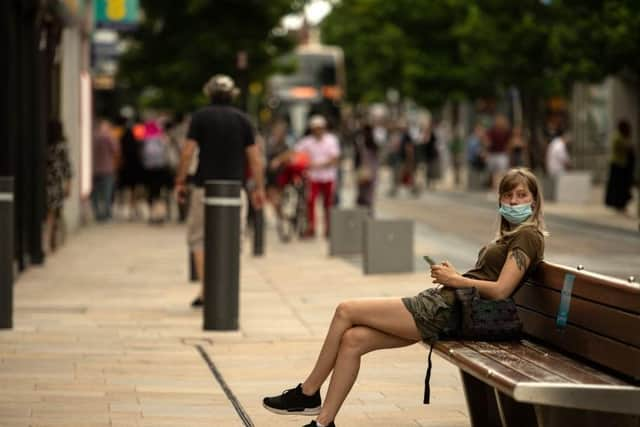Preston in tier three: How have post-lockdown restrictions affected infection rate in city?
and live on Freeview channel 276
A new tier four was created to contain the more infectious strain of Covid-19 in the South and the government was forced to move some areas up a tier on Boxing Day - before the formal review date on Wednesday.
Before Christmas, health chiefs in Lancashire said they believed the new variant may already be in the county - although this has not been publicly confirmed.
Advertisement
Hide AdAdvertisement
Hide AdHowever, despite the county seeing infection rates rise in December, local leaders said there was no need for tier four restrictions here.


According to the latest data form Public Health England, cases rose in Preston following the end of the second national lockdown - and the return to tier three - but far less quickly than before and infection rates appear to have started to level off.
By December 21, the infection rate for the previous seven days had fallen in 6 Preston neighbourhoods compared to the week ending November 30 - the last full seven day period in lockdown.
They are: Brookfield & Holme Slack, Grimsargh & Goosnargh, Longsands, Plungington & University, Ribbleton, and St Matthew's.
Advertisement
Hide AdAdvertisement
Hide AdMeanwhile, 10 places in the city had higher rates than three weeks earlier.
They are: Ashton-on-Ribble & Larches, Broughton & Wychnor, Cadley & College, Frenchwood & Fishwick, Fulwood, Haslam Park, Ingol, Lea & Marina, Moor Park, and Preston Town Centre.
And one, St George's, had the exact same infection rate - 235.6 - in both weeks.